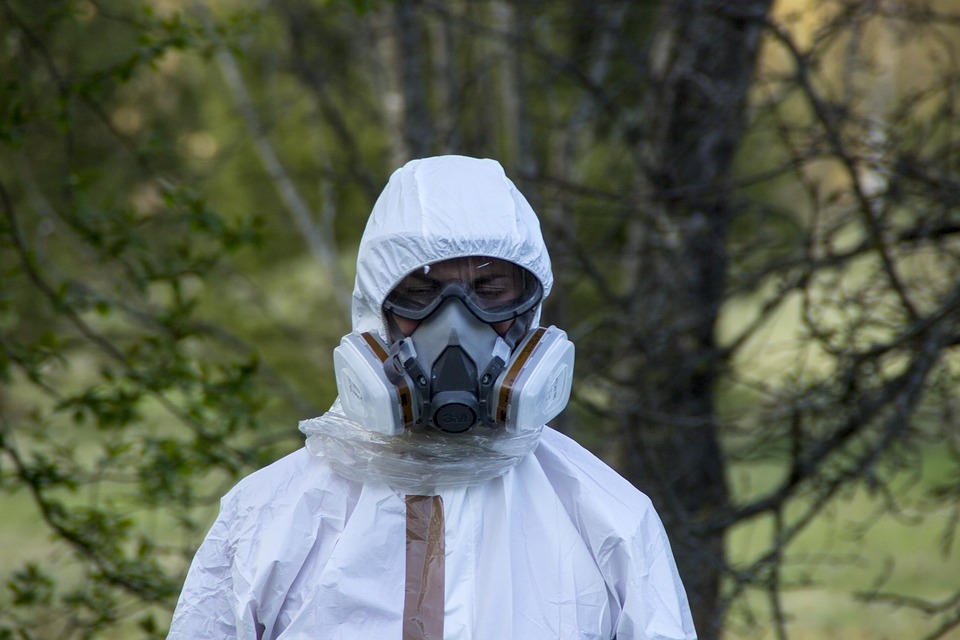OSHA's Beryllium Standard Now in Effect

The Occupational Safety and Health Administration's (OSHA's) final rune on beryllium exposure took effect on May 11, 2018, at which point the administration began to enforce the specifications within the rule and, subsequently, cite companies for noncompliance.
Of course, OSHA published the rule back in January, citing the need for new, more effective safeguards to protect workers from exposure to this rare but potentially harmful metal. Like most rules enacted by OSHA, however, employers were given a window of time to adopt the new provisions. But it appears that time has come to an end, as OSHA's new rule on beryllium exposure is now in effect.
Some of the key provisions in OSHA's new beryllium exposure rule include a reduction of permission exposure limits to 0.2 micrograms per cubic meter of air; short-term exposure limit for beryllium reduced to 2.0 migrograms of beryllium per cubic meter of air; employers must now use engineering and work practice controls (e.g. ventilation) to protect workers from exposure to beryllium; employer must now provide respiratory to workers who cannot otherwise limit or control their exposure to beryllium; employers must now train workers on the health hazards of beryllium exposure; and employers must now provide workers with free medical examinations and treatment associated with beryllium exposure.
Beryllium is listed as a carcinogenic by the International Agency for Research on Cancer (IARC). Workers who breathe in this metal on a regular basis have higher rates of lung cancer than their counterparts who aren't exposed to the metal. In addition to cancer, though, another health problem associated with beryllium is acute beryllium disease. This disease occurs after short or heavy exposure to the metal and creates symptoms similar to pneumonia.
So, how will these new changed affect workers? According to OSHA, the new rule will save approximately 90 workers from beryllium-related illness and prevent 46 cases of chronic beryllium disease each year. Furthermore, it's expected to save more than a half-billion dollars annually in healthcare, lost productivity, administrative and other related costs.
"OSHA estimates that the rule will save 90 lives from beryllium-related diseases and prevent 46 new cases of chronic beryllium disease each year, once the effects of the rule are fully realized. The rule is projected to provide net benefits of about $560.9 million, annually," wrote OSHA on its official website.
Since 1970, OSHA has required all U.S. employers to provide a safe workplace for their respective workers.
Recent Posts
-
Fire Safety in the Workplace: What You Need to Know
What steps are you taking to prevent fires in your workplace? According to the U.S. Occupational Saf …Aug 23rd 2023 -
Is It Safe to Go Jogging With a Cold Infection?
If you're suffering from a cold infection, you might be wondering whether it's safe to go jogging. T …Aug 22nd 2023 -
5 Safety Tips to Follow When Using a Powder-Actuated Tool
Powder-actuated tools are commonly used to join materials to steel and concrete. Also known as Hilti …Aug 20th 2023




